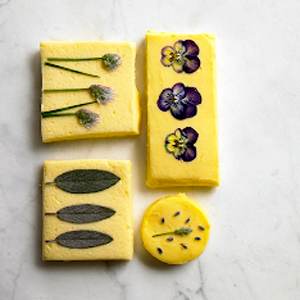
 1
1





This page was made before the sand/straw/wood/iron badges were decided upon. For reference:
* White Belt=Sand Badge,
* Green Belt=Straw Badge,
* Brown Belt=Wood Badge,
* Black Belt=Iron Belt
 1
1




jump at the sun,
seth peterson
permaculture chef




 1
1




Bee Putnam








 1
1




Whatever it takes to dodge a time clock.
 1
1




"Also, just as you want men to do to you, do the same way to them" (Luke 6:31)
 1
1




Inge Leonora-den Ouden wrote:Yes, I think a brainstorming thread on Food (preparing and preservation) will be very useful.
What Chris here above calls 'level 1' to me looks like level 3 at least.
I thought of starting with the easiest things for level 1, like making about a kilogram (4 jars) of jam (half fruit, half sugar) and the same amount of sweet&sour pickles (gherkins). And freezing green beans and ready-made soups. These are skills I aleady have, but for someone who isn't used to 'cook from scratch' I consider them a good starting level.
Whatever it takes to dodge a time clock.




Whatever it takes to dodge a time clock.




A human being should be able to change a diaper, plan an invasion, butcher a hog, conn a ship, design a building, write a sonnet, balance accounts, build a wall, set a bone, comfort the dying, take orders, give orders, cooperate, act alone, solve equations, analyze a new problem, pitch manure, program a computer, cook a tasty meal, fight efficiently, die gallantly. Specialization is for insects.
-Robert A. Heinlein

| I agree. Here's the link: http://stoves2.com |



